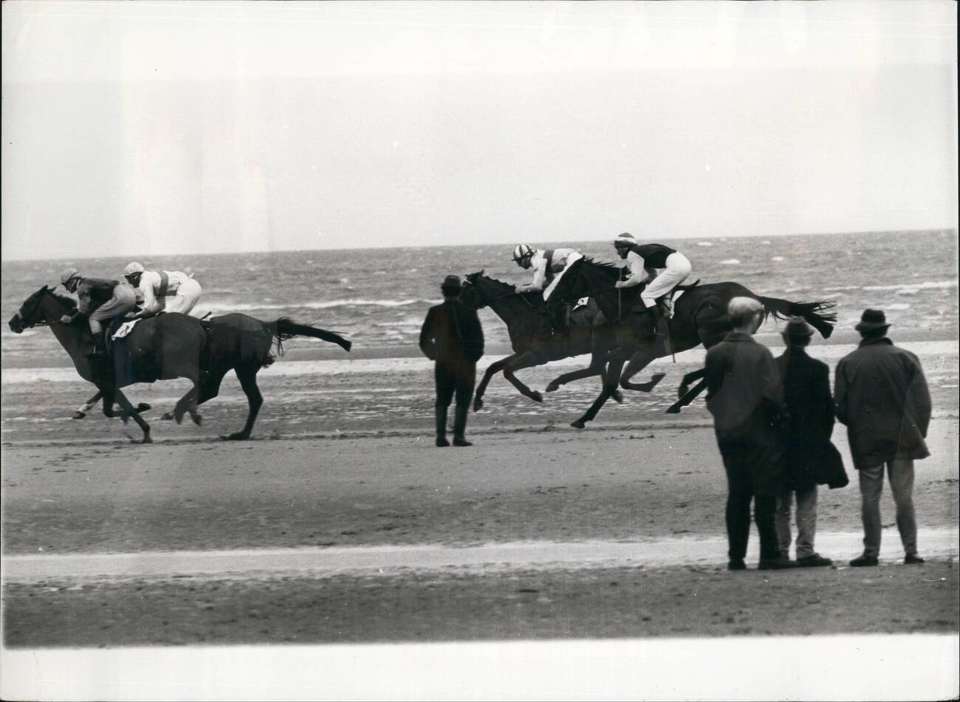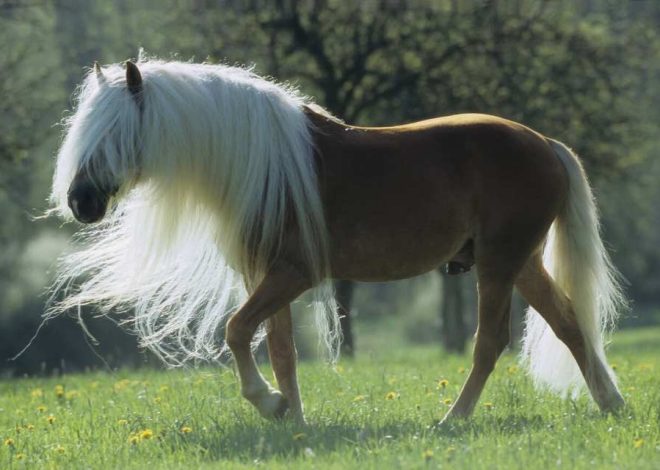How Long a Horse Can Run? Understanding Their Speed and Endurance Limits

When I first heard this question how long a horse can run? I laughed, and said why do people want to know this. Well, I immediately got my answer when I searched about it.
It is said that because of human pressure, horses run till exhaustion. Well, with American Endurance Rider Conference prohibits riders from pushing their horses too hard. There is a mass audience involved, big tycoons, billionaires, and the elitist class have curiosity about the horse’s running speed and how far they can run. (?) On that note, let’s grab some information about it.
Let’s understand the anatomy behind horse speed
Horses are available in a wide variety and sizes. It can be assumed that a regular horse can run at a speed of 30 miles per hour. In addition, the bred horses can run faster depending on what jenes and traits they carry along with a good diet. A horse’s speed can be determined with two primary factors such as stride rate and stride length. The wild horses have the greater running speed, which is further passed down to domestic descendants.
The phases of a horse’s galloping stride are:
- The hind legs throw the horse’s weight forward.
- Following that, the abdominal muscles contract to allow a moment of suspension.
- The front legs capture the horse’s weight as they land.
What is the fastest track record of a horse?
A Thoroughbred filly with a name-winning Brew gets the Guinness Book World Record. It sets the record for the fastest race speed recorded over two furlongs. The winning Brew ran 20.57 seconds and broke the last record of 20.68 seconds in the year 2005 by American Quarter horse, A Long Goodbye.
You can also read- Most Expensive Horse Breeds
How long a horse can run and for what duration?
A horse can run with the fastest Speed for a short duration like a few seconds. For example, the moderate speed a horse can take up to 100 miles or max in 24 hrs. When talking about the flat course with no hurdles, the Arabian gelding named Jayhaln Shazal ran 100 miles in 5 hours 45 min, and 44 seconds, which is another world record. It is said that horses rarely run for very long and when they do, it is only for escaping the predator.
What about the fastest horse breed?
Based on the research, people have specified horse breeding to scale the speed of a horse. The breeds are as follows:
Thoroughbred
A thoroughbred horse can run approx 44 miles per hour. Covering a short distance and an average of 38 miles per hour based on regular race distances.
American Quarter Horse
This breed is specially bred for its speed in quarter-mile races. Most modern horses are bred for sports. This breed can run as fast as 55 miles per hour. The Quarter horse breed is bred for the speed gene, which is also known as myostatin, associated with faster sprinting speeds.
Arabian
The Arabian horse breed was owned by nomads, who traveled far distances in the desert. This breed is found to run at moderate speed covering a decent mile. Nowadays, this breed is the highest among all in terms of endurance riding of approx race length ranges from 25 to 100 miles. However, the Arabian racehorses galloped on the track by reaching a speed of 33 miles per hour.
What is the fastest horse speed with a rider?
A horse indeed has the fastest speed and with a rider, a horse’s speed might be a little less. As per the study, it is said that a rider with a horse, moves their own body in rhythm with the horse’s stride is a highly skilled jockeys that propel the horse forward.
What could be the consequences of running a horse too fast?
- Do you know that riders are well connected with the equestrian sport of endurance? Both the rider and the horse may find endurance riding to be enjoyable but there is a limit to it.
- Injuries are among the most common constraints that lie ahead. The muscles, ligaments, and tendons get strained when ridden too fast. Dehydration can also be a problem and besides that soreness, edema, and lameness can also happen.
- Dehydration in a fast-running situation can cause colic, tiredness, and even muscle cramps.
- A rider may have such issues and that is why keeping an eye on and being extra careful towards the horse is necessary.
